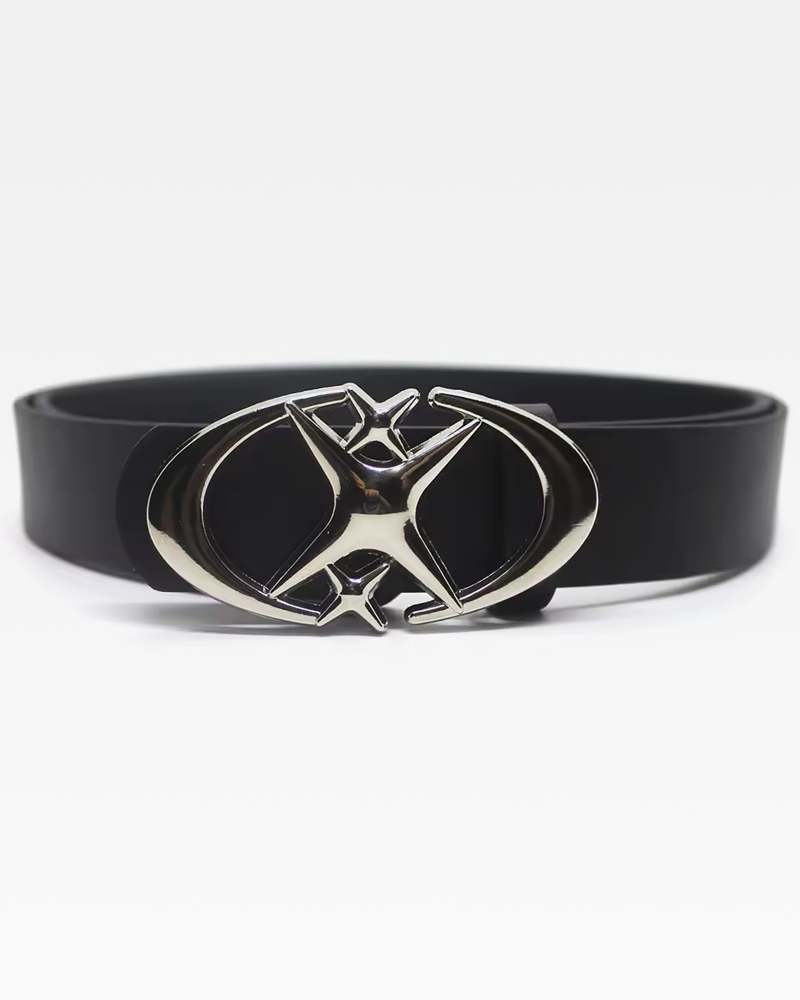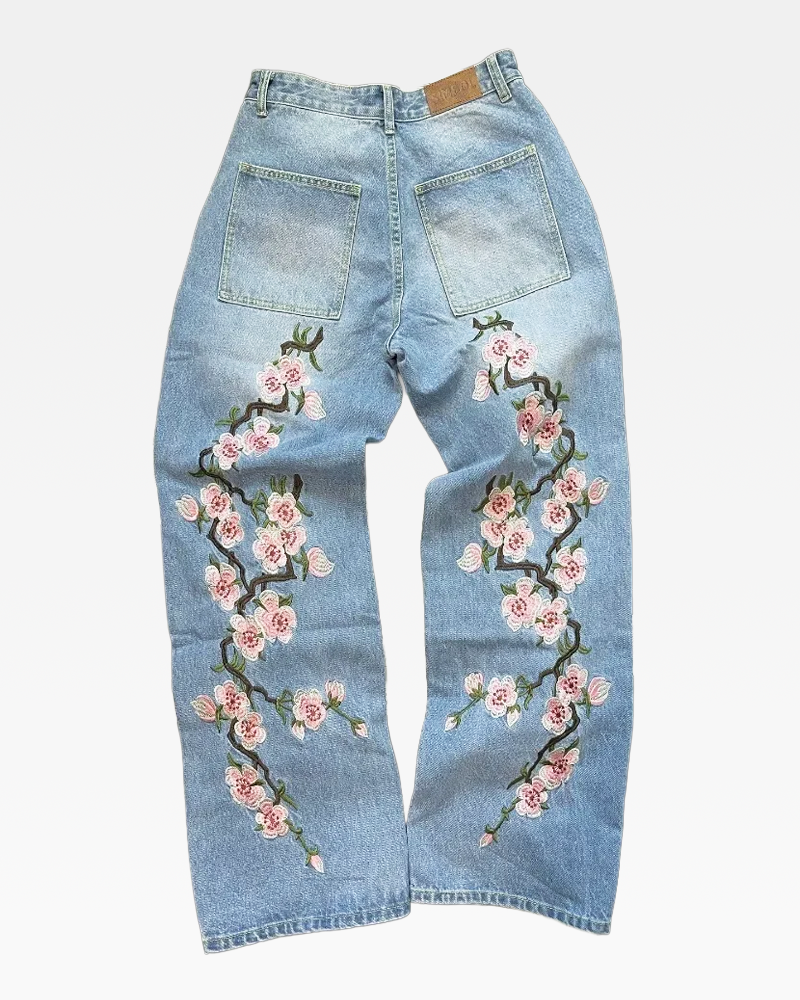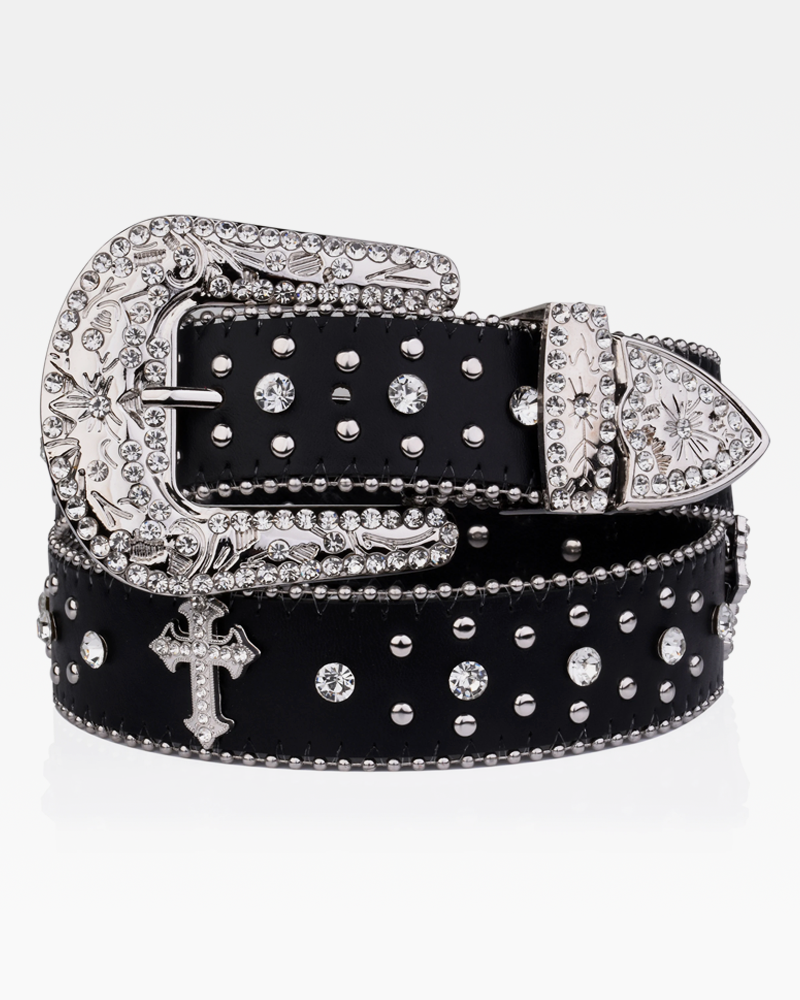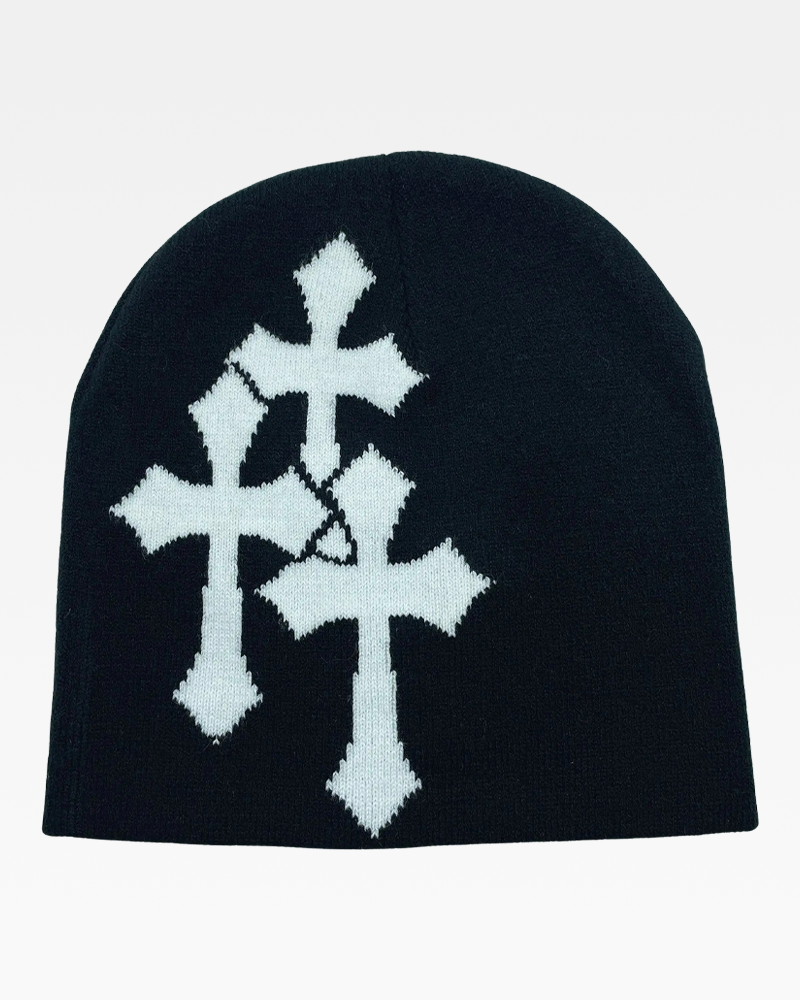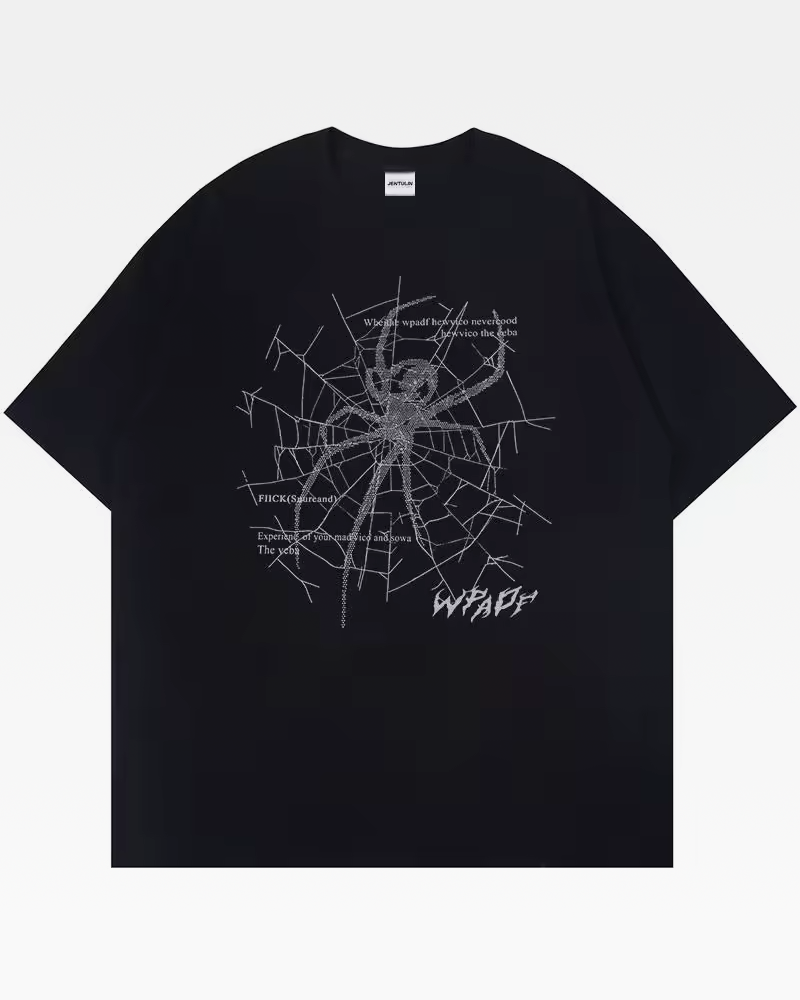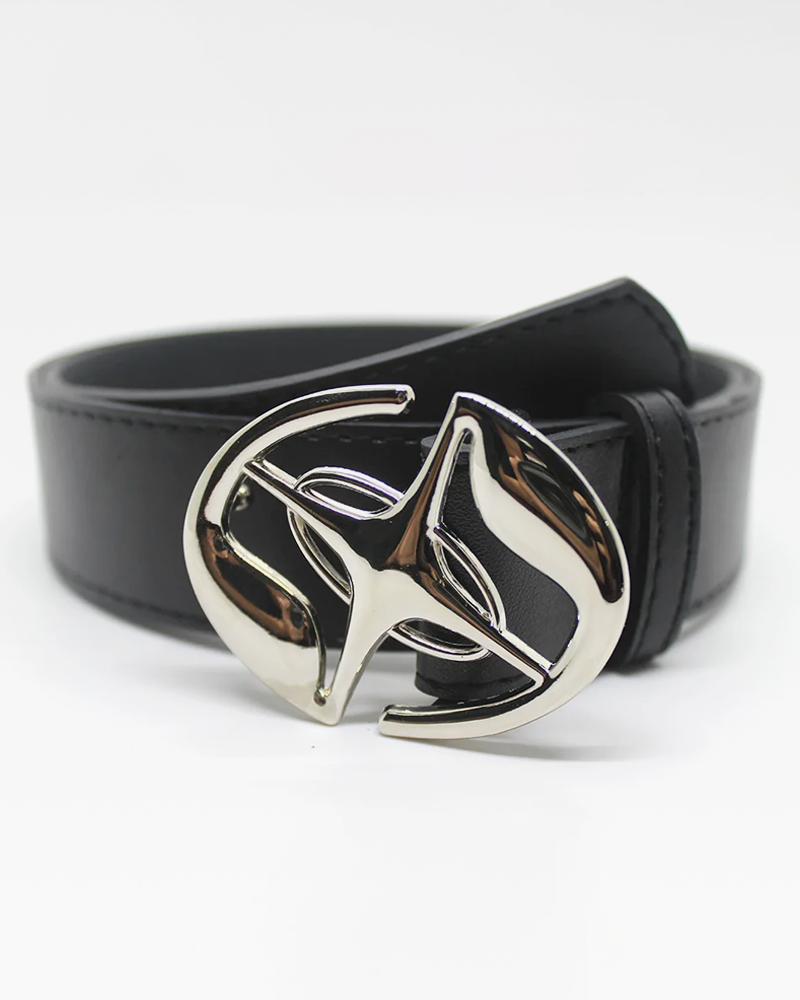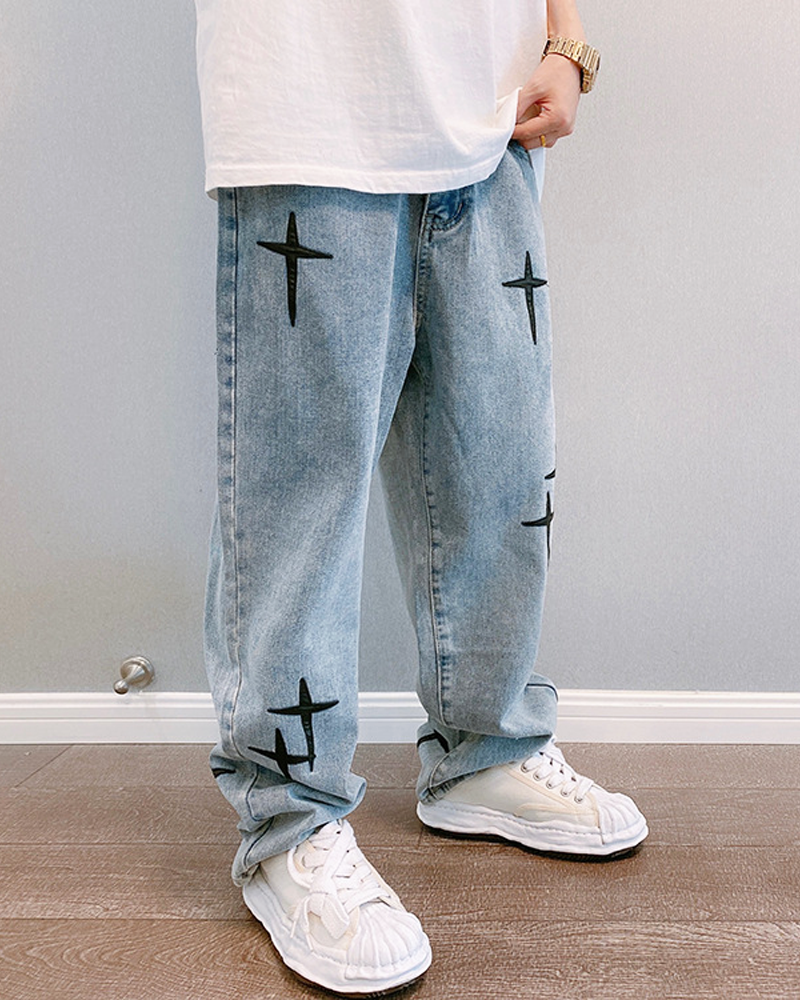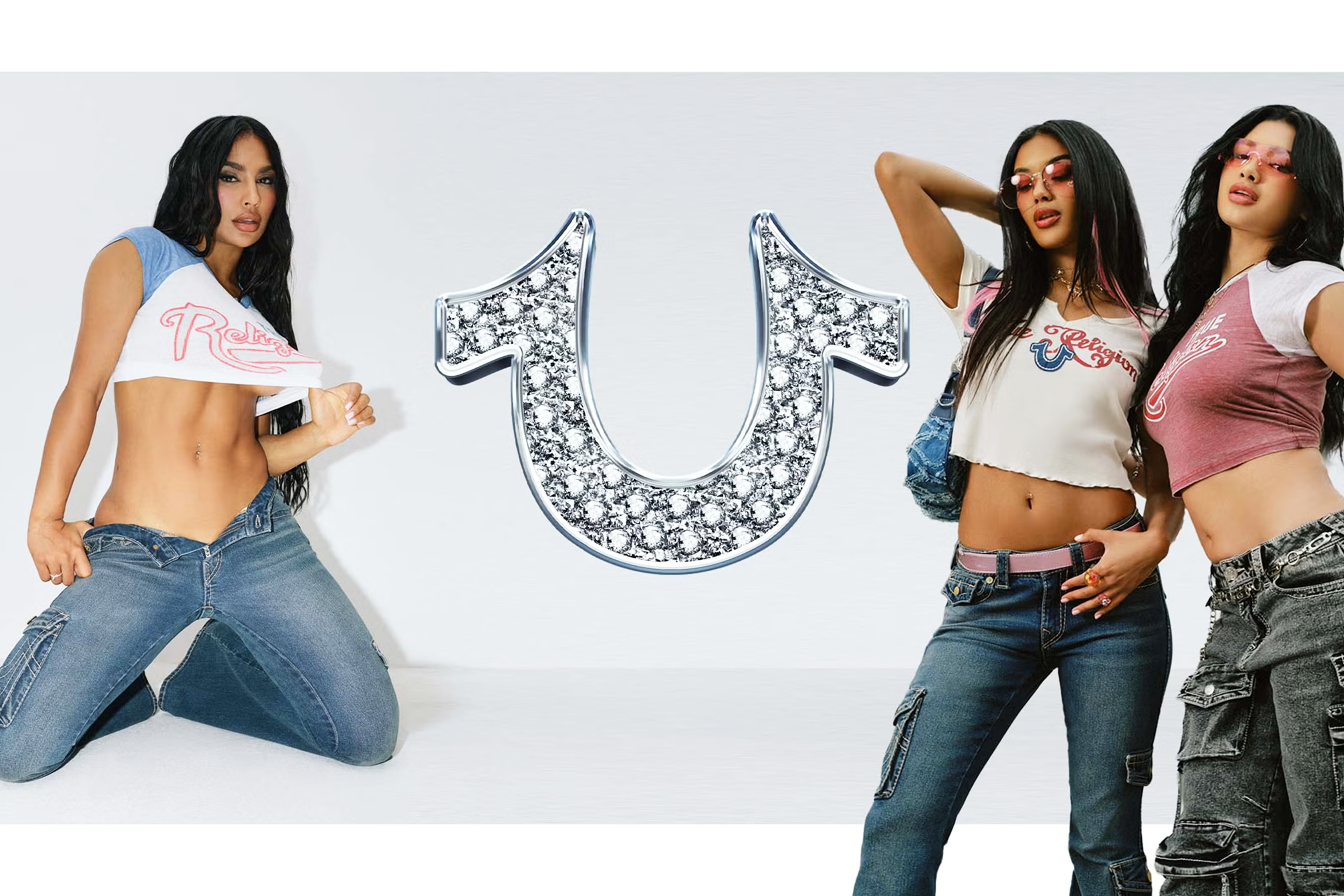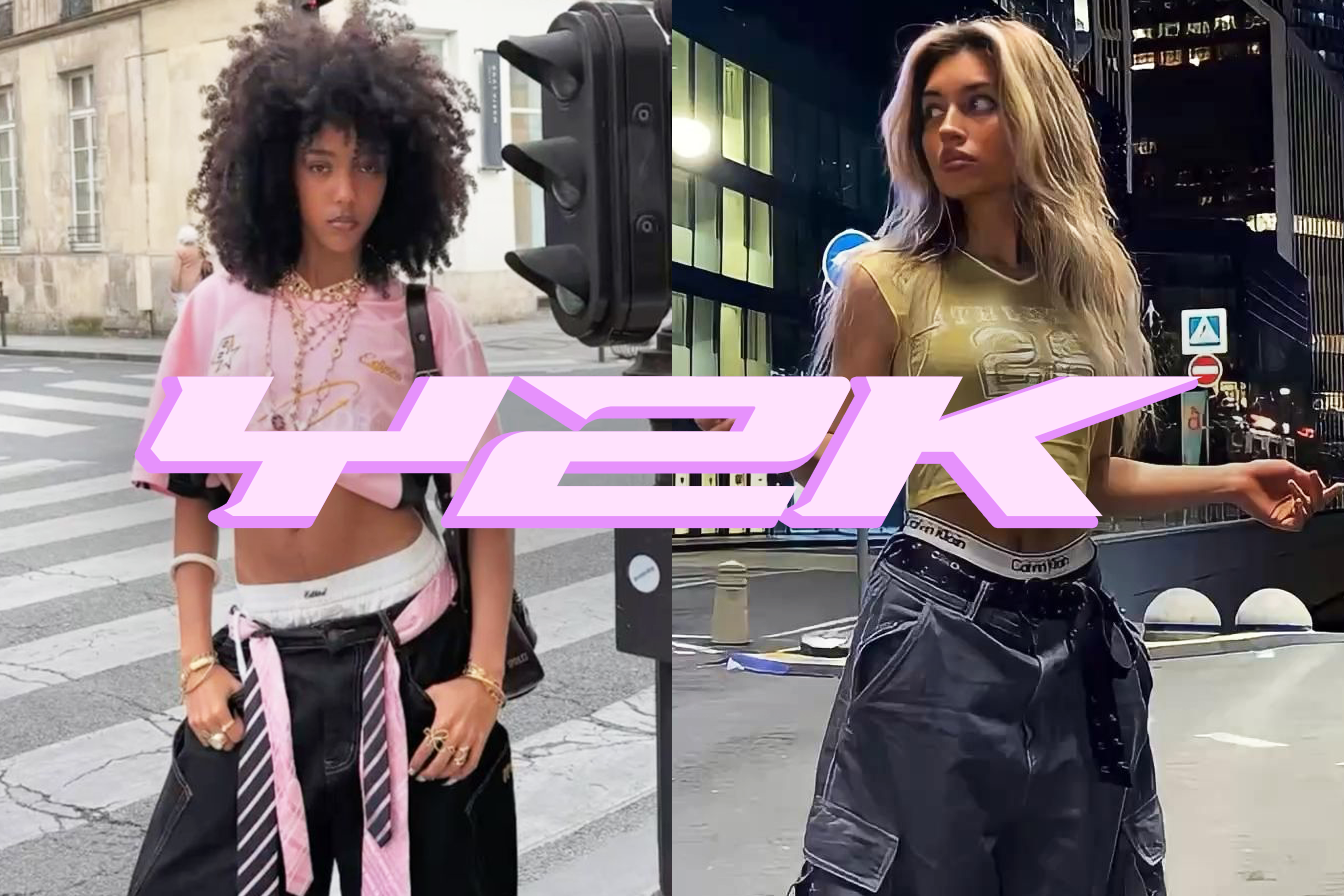In the mid-2000s, there was a time when nothing said success quite like a pair of True Religion jeans. Thick white stitching, horseshoe logos, and flared denim that hugged the hips - it was loud, flashy, and impossible to ignore. For rappers, athletes, and reality TV stars, True Religion wasn't just a brand. It was a declaration of status.
But like every fashion empire built on excess, its reign was destined to fade. What began as a symbol of luxury and swagger eventually became a relic of another era - before finding new life decades later in thrift shops and on TikTok feeds.
This is the story of True Religion: how it conquered hip-hop, lost its crown, and came back as one of the most unexpected vintage treasures of the Y2K revival.
The Birth of an Icon
True Religion was founded in Los Angeles in 2002 by Jeff Lubell and Kym Gold, two designers with a vision: to make denim louder, bolder, and unapologetically American. At a time when minimalist jeans dominated the market, True Religion went in the opposite direction. Its jeans were thick, detailed, and designed to stand out - with exaggerated stitching, oversized back pockets, and a unique horseshoe logo inspired by a Buddha's smile.
The brand's aesthetic was a rebellion against subtlety. Every seam screamed craftsmanship, every wash looked hand-aged, and every fit exaggerated the body. It wasn't about blending in - it was about being seen.

The Hip-Hop Era
True Religion hit its stride when hip-hop embraced it. In the early 2000s, rappers were redefining luxury, trading tailored suits for streetwear that signified wealth and power on their own terms. Jeans became more than clothes - they were a statement.
Artists like Jim Jones, The Game, T.I., and later Lil Wayne wore True Religion religiously. It appeared in lyrics, music videos, and red-carpet photos. The jeans' distinctive stitching was instantly recognizable, even from a distance - a visual shorthand for success and swagger.
At the height of the brand's fame, even Jay-Z dropped its name in songs. Everyone wanted the look: distressed denim, statement stitching, paired with oversized tees or designer sneakers. True Religion became the denim equivalent of a gold chain - a sign that you'd made it.
The Expansion and Oversaturation
With celebrity endorsement came explosive growth. True Religion opened boutiques across the U.S., then globally. It wasn't just a brand anymore; it was an empire of jeans, jackets, and streetwear, priced high and marketed higher.
But the success carried a curse. As the brand expanded, so did its accessibility. What once felt exclusive - a symbol of luxury street culture - became available everywhere, from department stores to outlet malls. Fake versions flooded the market. And as trends shifted toward minimalism in the 2010s, the bold, flashy stitching that made True Religion famous suddenly felt out of step.
The brand that once represented individuality became synonymous with overexposure.

The Fall
By 2017, True Religion's glory days were long gone. The brand filed for bankruptcy, unable to keep up with the rise of skinny jeans, athleisure, and fast fashion. The same elements that made it iconic - heavy denim, thick seams, logo obsession - had become its downfall.
Hip-hop moved on too. The fashion landscape shifted toward luxury labels like Off-White and Balenciaga, or understated streetwear like Fear of God and A-COLD-WALL*. True Religion, once the symbol of status, became a relic of the MySpace era - a brand people mentioned with nostalgia or irony, not admiration.
It was the end of an era, or so it seemed.
The Vintage Resurrection
Then came the Y2K revival.
As Gen Z rediscovered the 2000s through TikTok and Depop, brands once dismissed as "too extra" found a second life. Juicy Couture, Ed Hardy, and yes - True Religion - were suddenly cool again. The jeans that once screamed excess were reimagined as vintage treasures, artifacts from a time when fashion was fearless.
Vintage collectors started hunting for early-2000s True Religion pieces - especially the ones with signature horseshoe pockets and original Made-in-USA tags. Celebrities like Bella Hadid and A$AP Rocky began wearing them again, styling them not with oversized tees, but with modern fits: tank tops, leather jackets, and minimalist sneakers.
The brand also caught on to the trend. It relaunched collections inspired by its early 2000s roots, collaborating with designers and rappers who grew up idolizing it. What once symbolized old-school flashiness now embodied authenticity and cultural memory.

What True Religion Represents Now
Today, True Religion stands at the crossroads between nostalgia and reinvention. It represents more than just denim - it's a reminder of an era when fashion was fearless and hip-hop was rewriting the rules of luxury.
Wearing True Religion in 2025 isn't about showing off. It's about storytelling. It's about remembering a time when jeans weren't just clothes, but status symbols - loud, confident, and unapologetically personal.
For Gen Z, these jeans are vintage gold. For millennials, they're time machines. For the brand itself, they're proof that style never truly dies - it just fades, waits, and finds its moment again.
Final Thoughts
True Religion's journey mirrors fashion itself: bold rise, inevitable fall, and an unexpected return. It began as a rebellion against minimalism and became the face of hip-hop luxury. It lost its footing when the world moved on - only to be rediscovered by a generation that celebrates irony, individuality, and nostalgia.
In 2025, a pair of True Religion jeans tells a different story than it did in 2005. Back then, it said I've made it. Today, it says I remember.
And maybe that's what makes it timeless.

